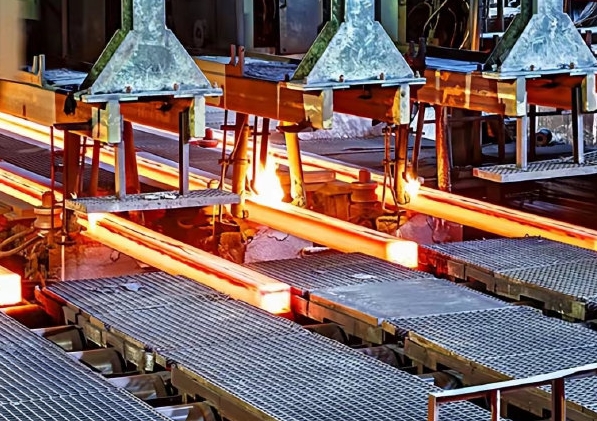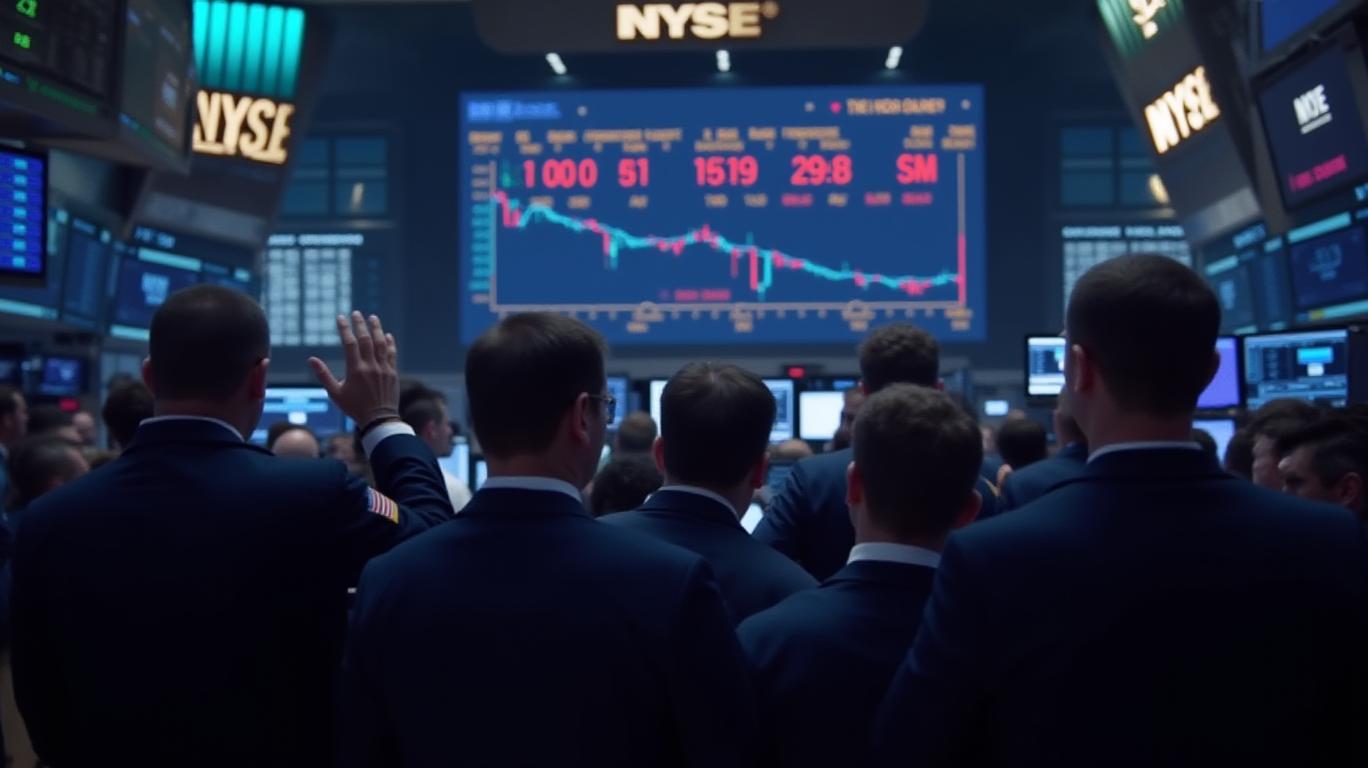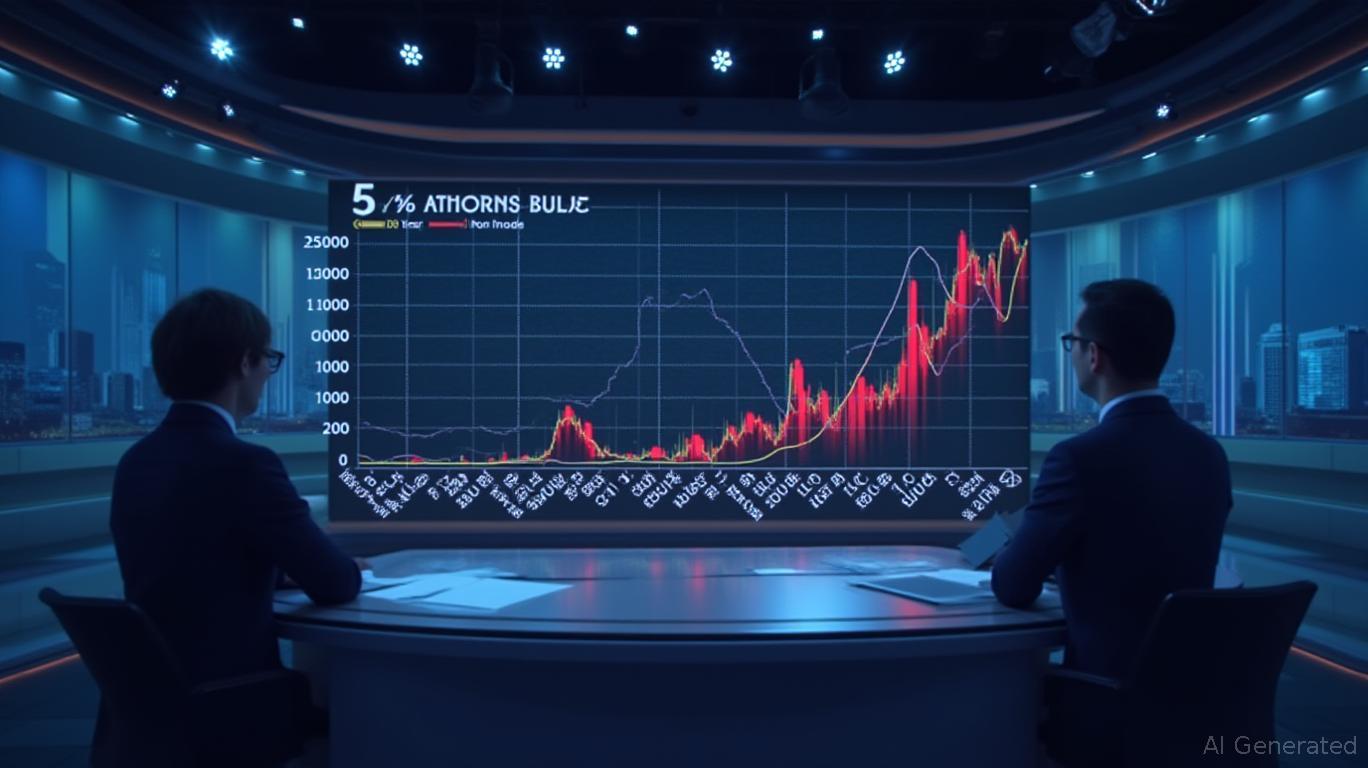QuantumScape’s Q1 2025 Earnings: Balancing Innovation with Financial Realities
QuantumScape Corporation (QS) has long been a poster child for the promise of solid-state battery technology, but its latest earnings report underscores the high-stakes balancing act of turning cutting-edge innovation into a viable business. While the company remains entrenched in a phase of heavy investment and operating losses, its Q1 2025 results reveal critical progress in scaling partnerships, advancing production processes, and defending its technological edge. For investors, the question remains: Can QuantumScape navigate its financial challenges long enough to capitalize on a market that could eventually be worth hundreds of billions?
Ask Aime: "Will QuantumScape's (QS) latest earnings report reveal a clear path to profitability?"
Financials: A Steep Climb, but Cash Runway Holds Steady
QuantumScape reported a GAAP net loss of $114.4 million for Q1 2025, with operating expenses rising to $123.6 million as the company pours capital into R&D and infrastructure. Adjusted EBITDA loss of $64.6 million aligns with expectations, but the burn rate remains a concern. However, the company’s liquidity position remains robust, with $860.3 million in cash and equivalents at quarter-end—enough to fund operations through at least mid-2028. This extended runway is critical, as commercialization of its anode-free solid-state batteries is still years away.
Despite the losses, the stock has held up relatively well compared to broader market volatility, reflecting investor patience with the company’s long-term vision. Yet, the path to profitability hinges on partnerships and licensing deals that can generate upfront payments and royalties, a model QuantumScape is refining.
Operational Momentum: Scaling the Cobra Process and Strategic Alliances
The operational highlights are more encouraging. QuantumScape’s Cobra separator process—a proprietary manufacturing technique enabling high-volume production of its solid-state batteries—is now fully equipped and advancing faster than anticipated. All necessary machinery is installed, and qualification efforts are proceeding smoothly, a key step toward commercial readiness.

The company’s partnership with Powerco (Volkswagen Group’s battery division) continues to drive progress, with joint efforts focused on automation and integration of the Cobra process. Meanwhile, the collaboration with Murata Manufacturing—a leader in precision ceramics—has taken center stage. Murata’s expertise in scaling ceramic components could be the missing link to mass-producing QuantumScape’s batteries affordably. As management noted, this partnership addresses a critical bottleneck: converting lab-scale success into factory-ready technology.
Defending the “No-Compromise” Edge
QuantumScape’s core advantage lies in its anode-free design, which eliminates the need for graphite, reducing supply chain risks and boosting energy density. In a crowded battery space, the company positions its lithium metal anode technology as a “no-compromise” solution, offering superior safety, cycle life, and cost efficiency compared to rivals like lithium iron phosphate (LFP) batteries from BYD and CATL.
Executives emphasized that major automakers continue to express enthusiasm, particularly for applications requiring long range and fast charging—areas where LFP batteries fall short. If QuantumScape can deliver on its promise of 50% more energy density than today’s lithium-ion batteries, it could redefine the electric vehicle (EV) landscape.
Risks and Realities: The Long Road Ahead
The risks remain daunting. QuantumScape’s $45–$75 million CapEx guidance for 2025 highlights the ongoing capital intensity of its mission. While the cash runway is secure for now, missteps in scaling production or delays in partnerships could strain liquidity. Geopolitical factors, such as trade tensions over battery materials, add another layer of uncertainty.
Moreover, competition is intensifying. Companies like Toyota and Samsung SDI are racing to commercialize their own solid-state battery technologies, while LFP batteries have gained traction in cost-sensitive markets. QuantumScape must prove its technology’s superiority at scale—a hurdle that has toppled countless pioneers before it.
Conclusion: A High-Reward Gamble, but Evidence is Mounting
QuantumScape’s Q1 results paint a company in transition: still bleeding cash but making tangible strides toward its end goal. The partnership with Murata, the Cobra process’s progress, and the extended cash runway all suggest the company is moving closer to commercial viability.
Crucially, the licensing model—already generating active discussions with partners—could provide a lifeline. If QuantumScape can secure upfront payments and royalties from automakers adopting its technology, it could flip its financial trajectory sooner than expected. Analysts estimate the solid-state battery market could reach $200 billion by 2030, a prize large enough to justify the risks.
For investors, the calculus is clear: QuantumScape’s technology has the potential to be transformative, but execution will determine its fate. With a cash runway to 2028, strategic alliances gaining momentum, and a technology that outperforms today’s alternatives, the company is not yet a lost cause. However, patience will be tested—this is a marathon, not a sprint, and the finish line remains years away.
In the end, QuantumScape’s success will hinge on two factors: the speed at which it can scale its production process with Murata and the willingness of automakers to pay a premium for its superior batteries. For now, the data points to a company that’s still in the game—and one that could yet redefine it.










